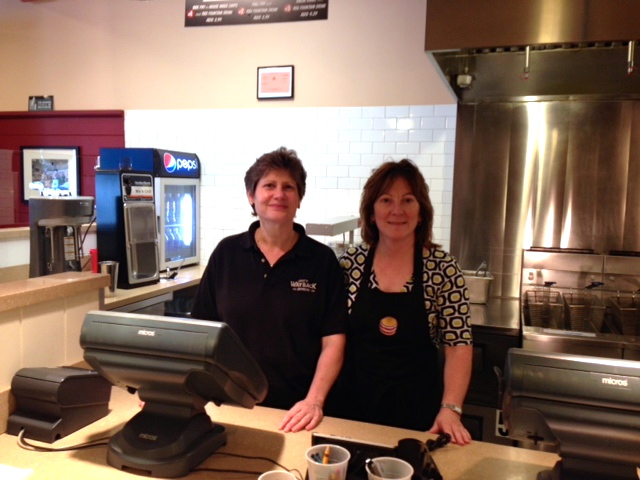Grapevine

Over the last few years, Americans have been exposed to new grape varieties from new wine regions in record numbers, and we have been very receptive. These wines have, for the most part, been of a quality level unparalleled in the United States market.
These competitors have made inroads into the traditional domestic market. Yes, Pinot Grigio and Merlot are still beverages of choice, but many consumers have been experimenting with other wines, boosting sales and expanding our palates as never before. Malbec from Argentina, Albarino from Spain, red blends from France, Prosecco from Italy and Rieslings from Germany have all been embraced by American wine consumers.
I’m always open to new wines making an entrance onto the stage of American offerings. I never know which of the wines competing for my palate and my wallet will be successful. Of course this whole process can be overwhelming; many Americans find a wine they enjoy and become fiercely loyal to the grape of the producer.
However, experimentation should always be the hallmark in these heady wine times.
One country that I believe should be garnering greater attention is still flying under the radar: Austria.
Grapevines are believed to have been planted in Austria over 2,000 years ago by occupying Roman armies. Vineyards flourished along the eastern borders in near proximity to Vienna and the DanubeRiver. Early wines, influenced by the favorable microclimate along the Danube, were light and sweet, suiting the taste of local citizenry.
Centuries later, as Austrian monks began cultivating the vineyards, revamping and enhancing wine production, so too were the country’s political and cultural stars on the rise. More sophisticated wines were in demand as Strasbourg and Vienna became cultural capitals, drawing the cognoscenti to their music halls and cafes.
Centuries of avid wine consumption came to a crashing demise in 1985. To artificially enhance flavor and body, over one million gallons of wine were adulterated with a toxic chemical used to produce anti-freeze. This industry scandal ended the Austrian wine industry, but ironically jumpstarted a new era in fine Austrian wines.
As a result of the scandal, new regulations were implemented and monitored; winemakers focused on quality wines to revive the industry. Slowly, wine consumers discovered these new and improved wines, made from indigenous grapes that were both unique and appealing.
Today, there are 35 grape varietals approved for planting–22 whites and 13 reds.
The most popular white shipped to the United States is Grüner Veltliner. It is crisp and laced with hints of tropical fruit. Like Albarino or Sauvignon Blanc? Try a $12 Grüner.
It is the reds that are now trickling into the United States. Although saddled with unfamiliar, indigenous names, these wines could be the next new favorite wine for many Americans. A sampling of the top red wines:
Blaufränkisch. Blackberry and cherry flavors, with high acidity and big tannins make this wine perfect for robust game dishes. Like big, bold wines from the Northern Rhone or Bordeaux? Try several $15 Blaufränkisch wines.
Zweigelt. A lighter, middle ground style, redolent of raspberries and strawberries, this wine is perfect for quaffing and for a barbecue. Like Beaujolais? Try a chilled $15 one-liter bottle of Zweigelt.
Blauburgunder. Called Pinot Noir elsewhere in the wine world, this expression, grown on terraces above the Danube, close to Vienna, is typically fruit forward with overtones of chocolate and smokiness. Like Central CoastCalifornia Pinot Noir? Try several $16 Blauburgunder wines.
Ready to experiment? Get on a plane and fly to Vienna and its multitude of wine bars and cafes. You’ll be able to wallow in a number of Austrian wines from reputable producers. Not able to make the next flight to Vienna? Try Café Sabarsky on the upper east side of Manhattan. You’ll be teletransported to Vienna, replete with period décor, food menu and a wine-by-the-glass list begging for experimentation.
Nick Antonaccio is a 35-year Pleasantville resident. For over 15 years he has conducted wine tastings and lectures. He also offers personalized wine tastings and wine travel services. Nick’s credo: continuous experimenting results in instinctive behavior. You can reach him at nantonaccio@theexaminernews.com or on Twitter @sharingwine.

